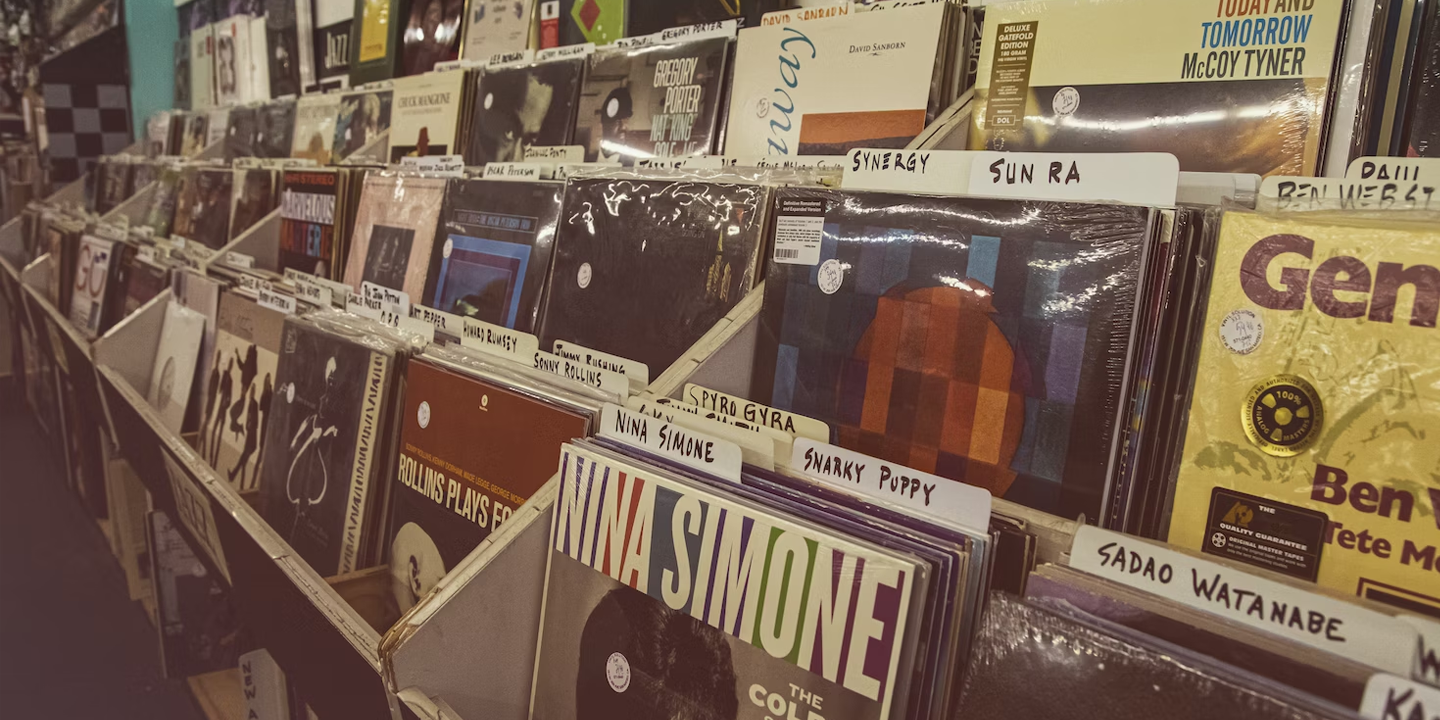Language Challenge Ratings
There is no better intellectual challenge than learning a new language. Still, there is a big difference between an easy and a hard language to learn. In fact, some languages are considered relatively simple to learn, while others require three times as much time.
1. Arabic
Arabic is spoken in over 20 countries in the Middle East and North Africa, including Egypt, Saudi Arabia, and the United Arab Emirates. It's considered one of the most difficult languages to learn due to its complex grammar, right-to-left script, and many regional dialects. The written form, Modern Standard Arabic, also differs greatly from spoken Arabic, adding to the challenge of becoming fluent.
2. Chinese Cantonese
Cantonese is spoken in Hong Kong, Macau, and southern China, most significantly in Guangdong province. It's extremely difficult for multiple reasons, most notably the fact that it has nine tones, so that one syllable can have a number of different meanings based on pitch. It is also very difficult to read and write due to the language's complex characters and lack of a simple phonetic writing system.
3. Chinese Mandarin
Mandarin is the official language of China and Taiwan as well as the common language of Singapore and the majority of the Chinese diaspora. It is very hard because it is written in thousands of individual characters with no connecting letters that all have a meaning to them. It also has four different tones, and a change in tone can mean a completely different word.
4. Japanese
Learning Japanese can be difficult because the language is written in three different scripts: Hiragana, Katakana, and Kanji, often at the same time. Kanji, which are characters adapted from Chinese, can have thousands of characters and different readings depending on how they are used. Grammar, levels of politeness, and cultural elements can be difficult as well.
5. Korean
Korean is the official language of South Korea and North Korea. It is also spoken by a large number of immigrants and their descendants in various countries, and more people are beginning to learn it around the world. Although Korean is written in a logical and simple-to-learn alphabet called Hangul, the grammar, honorifics, and sentence structure are extremely complicated.
6. Persian
Persian, or Farsi, is the official language of Iran, where it is the predominant language, and it is also spoken in regions of Afghanistan. The script is a modification of Arabic, and there are many poetic and idiomatic expressions which do not translate directly into English. In addition, its grammar and pronunciation are different from many Western languages.
7. Czech
Czech is a Slavic language primarily spoken in the Czech Republic. It is considered difficult because of its seven grammatical cases, gendered nouns, complex verb conjugations, and pronunciation, particularly with consonant-heavy words that are unfamiliar to English speakers.
8. Hebrew
Hebrew is mostly spoken in Israel and is used in Jewish religious texts all over the world. Because it is written right to left, has no vowels written, and is a root-based word system, it can be difficult to learn to read and speak. In addition, modern Hebrew mixes old and new vocabulary.
9. Hindi
Hindi is an official language of India and is spoken by hundreds of millions of people there. It is written using the Devanagari script, which is visually complex and requires many symbols to be memorized. Grammar, gendered nouns, and postpositions all make Hindi a challenging language for native English speakers.
10. Icelandic
Icelandic is only used in Iceland, and it has not really evolved since medieval times. The grammar is complex, with many cases, verb forms, and rules and exceptions to rules that confound even veteran linguists. It has also kept many Norse words, so it is unique but notoriously difficult to learn and pronounce correctly.
Now that we’ve talked about some of the hardest languages, here are 10 of the easiest.
1. Danish
Danish is spoken mostly in Denmark. It is one of the easiest languages for English speakers to learn as it is from the same Germanic language family. Grammar is not difficult, and there are many cognates with English. Pronunciation can be difficult at first, though, because many letters are silent or softened in colloquial speech.
2. French
French is useful because it is spoken in France, as well as many countries in Europe, Africa, and Canada. It's a lot like English when you're reading and understanding, since it has lots of the same vocabulary words from our shared history. Plus, it has a predictable sentence structure and a familiar alphabet, which makes it a comfortable first language to learn.
3. Italian
Italian has an easily recognizable pronunciation and a distinct musical cadence. Grammatical rules are quite logical, and in the most part, words are pronounced as they are written, making reading and speaking more intuitive. Its common Latin-based vocabulary with English also provides learners with an early advantage.
4. Swedish
Swedish is primarily spoken in Sweden and parts of Finland. It is a Germanic language, similar to English and German. Grammar is simple with no verb conjugations and no articles with grammatical gender like most European languages. The language is melodic, and pronunciation is more or less consistent, making it a very easy language to learn.
5. Spanish
Spanish is a language used in Spain, Latin America, and the United States. It is one of the most commonly spoken languages in the world. It may take a while to learn the grammar, but you can have everyday conversations quickly with consistent practice.
6. Norwegian
Norwegian grammar is relatively simple, and pronunciation is phonemic. It is considered the easiest of the Scandinavian languages for English speakers. The word order is flexible, and there are no irregular verbs, which makes it relatively easy to learn conversational Norwegian.
7. Dutch
Dutch is the language of the Netherlands and also the southern parts of Belgium. It is linguistically closely related to English and German and is also very much in sentence construction, with many words very familiar to an English speaker. The principal problem is pronunciation, but once that is overcome, it is a very simple language to learn.
8. Romanian
Romanian is primarily spoken in Romania and Moldova and, despite being surrounded by Slavic languages, is a Romance language most closely related to French, Spanish, and Italian. It's written in a phonetic alphabet, so words are pronounced exactly as they're spelled, and the grammar uses very consistent rules based on its Latin roots.
9. Portuguese
Portuguese is useful as it is spoken in Portugal, Brazil, and across African nations. It's easy to learn since the grammar and vocabulary are similar to Spanish. European and Brazilian dialects have different pronunciations but are both very logical.
10. German
German is the official language in Germany, Austria, Switzerland, and in parts of surrounding countries. Although it may not seem like it at first, German is often easier for English speakers to learn than they expect. This is because the two languages have Germanic roots, so speakers will find many similar words and sentence structures.




























